Find your perfect Pedego match
Empower your choice: Compare. Contrast. Cruise.
more than 1 month ago
Empower your choice: Compare. Contrast. Cruise.
more than 1 month ago
The ultimate dual sport e-bike that redefines the essence of adventure.
more than 1 month ago
Meet the electric Trike, Pedego’s cutting-edge solution for dependable and effortless transportation.
more than 1 month ago
Empower your choice: Compare. Contrast. Cruise.
more than 1 month ago
The ultimate dual sport e-bike that redefines the essence of adventure.
more than 1 month ago
Meet the electric Trike, Pedego’s cutting-edge solution for dependable and effortless transportation.
more than 1 month ago
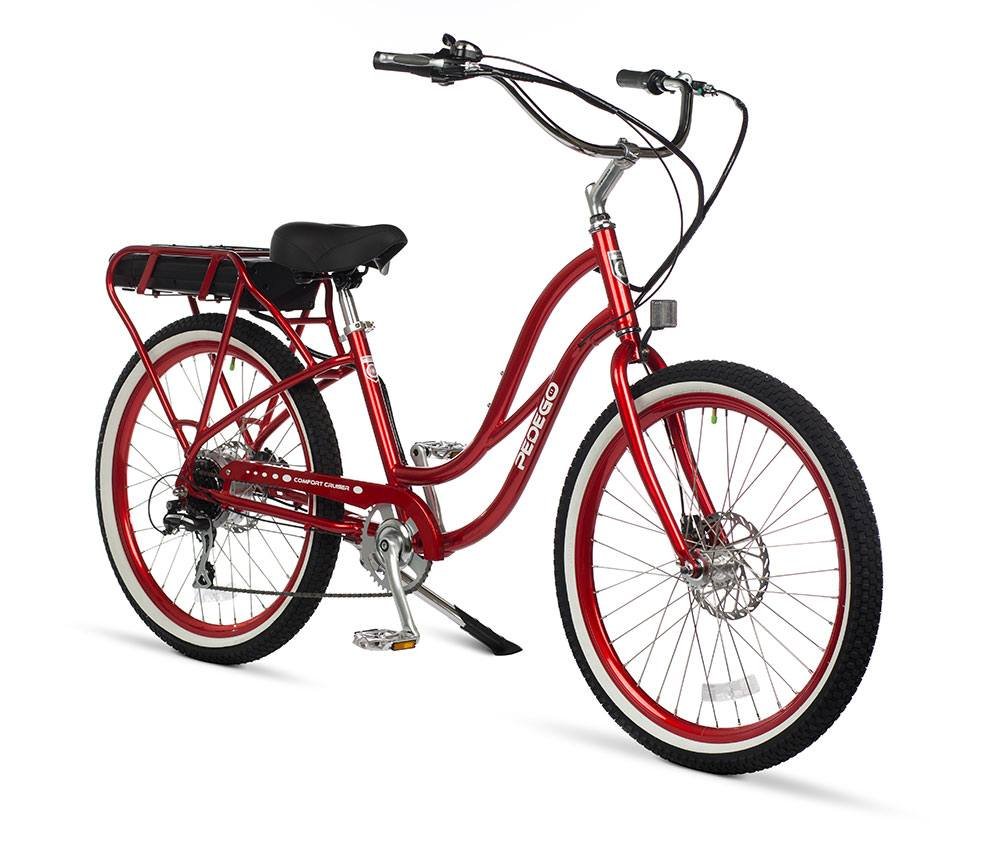
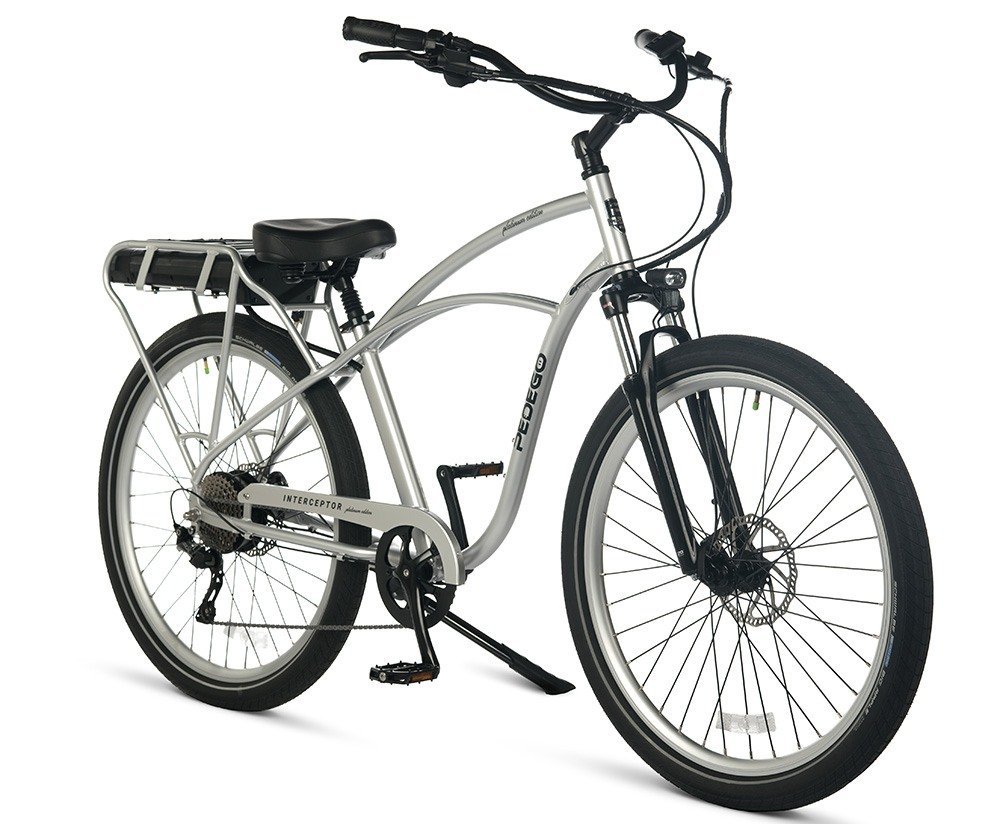
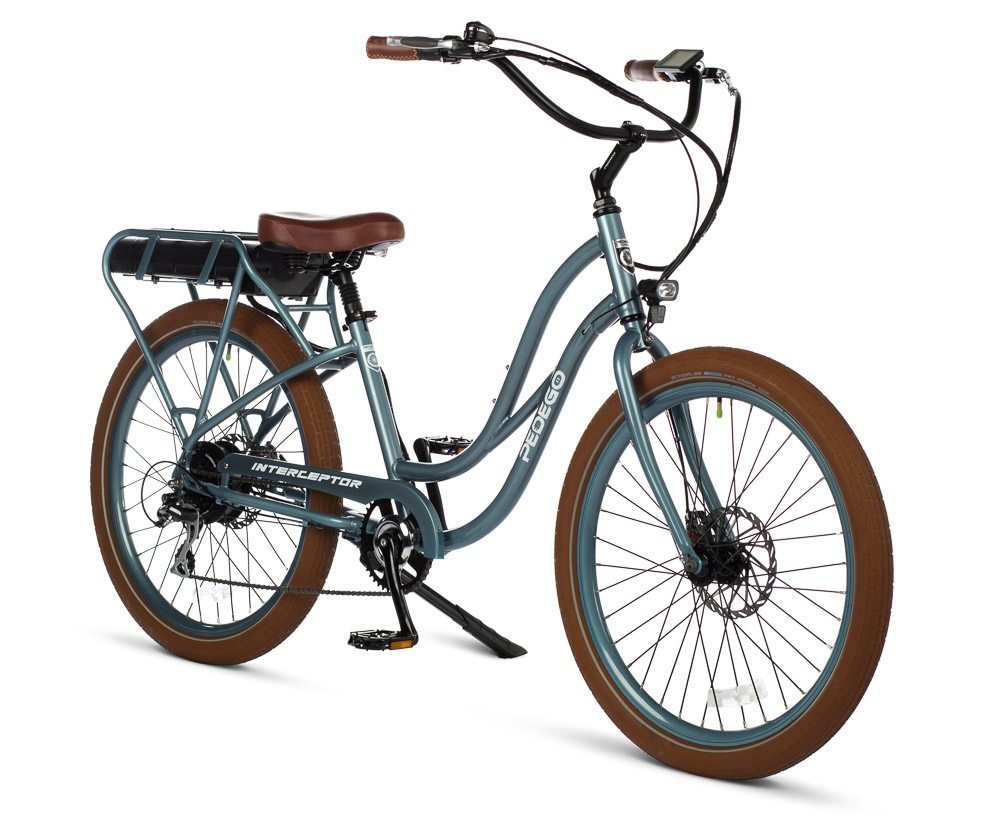
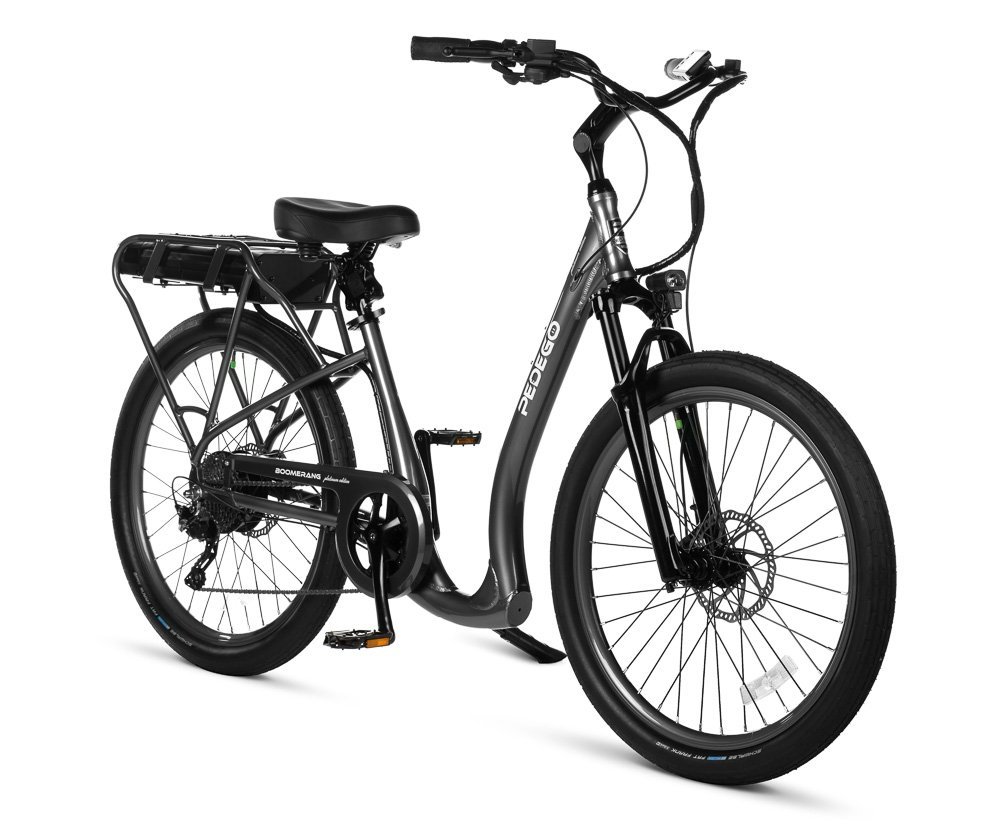
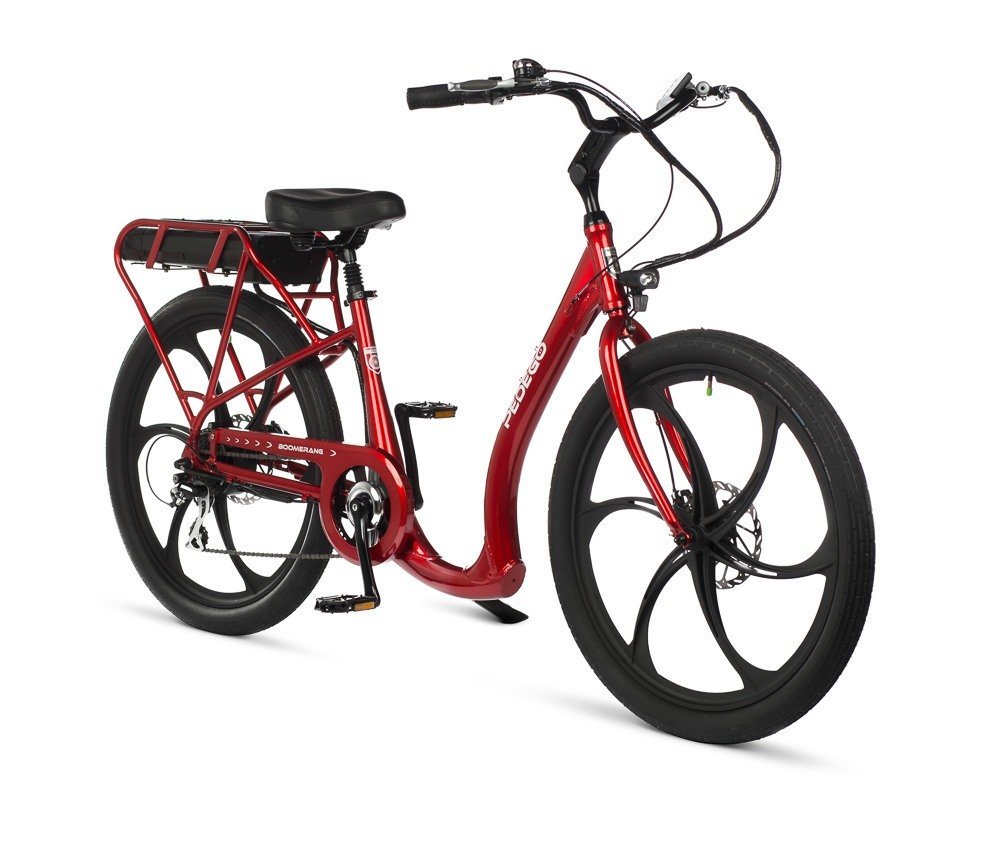
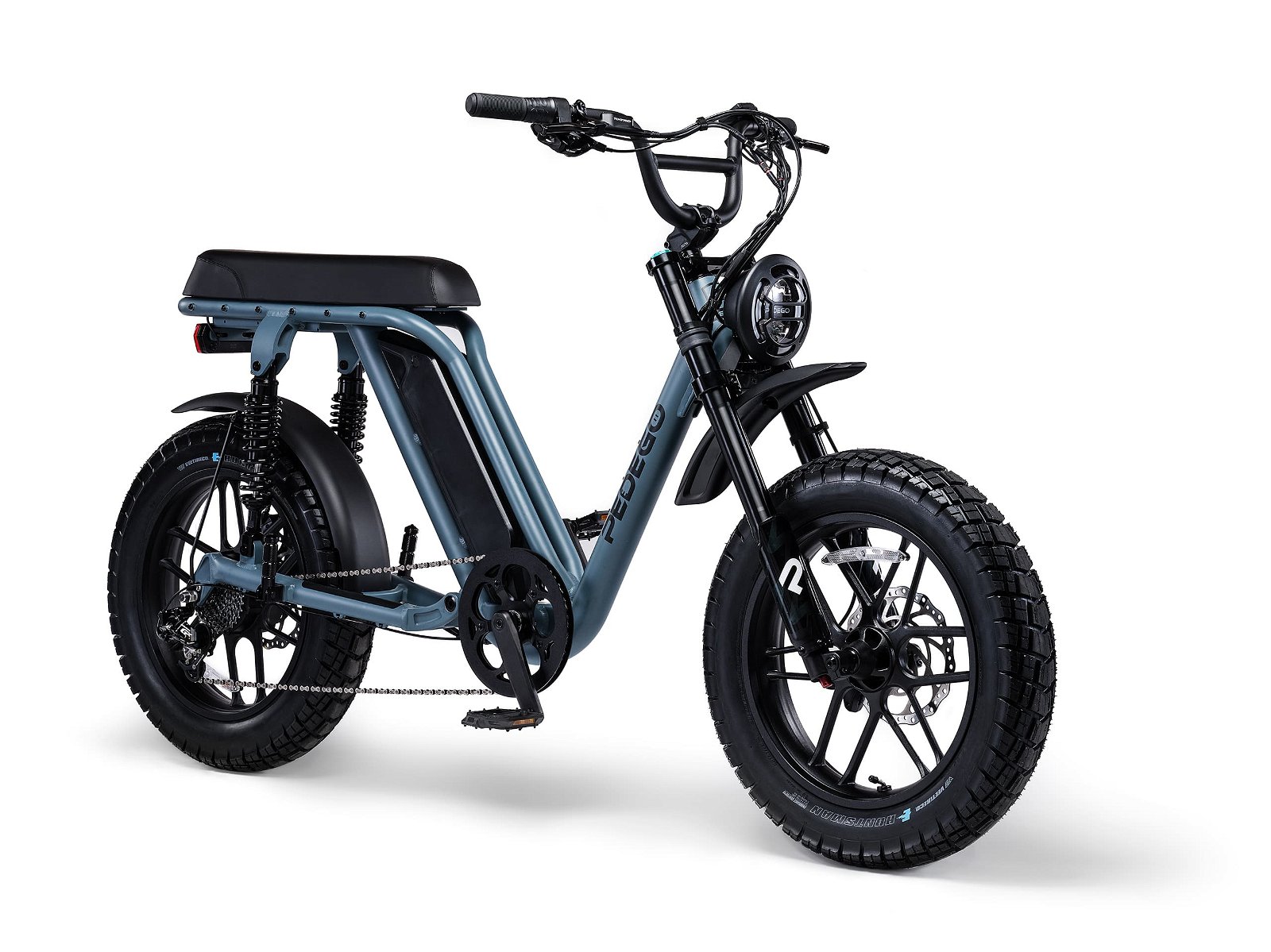
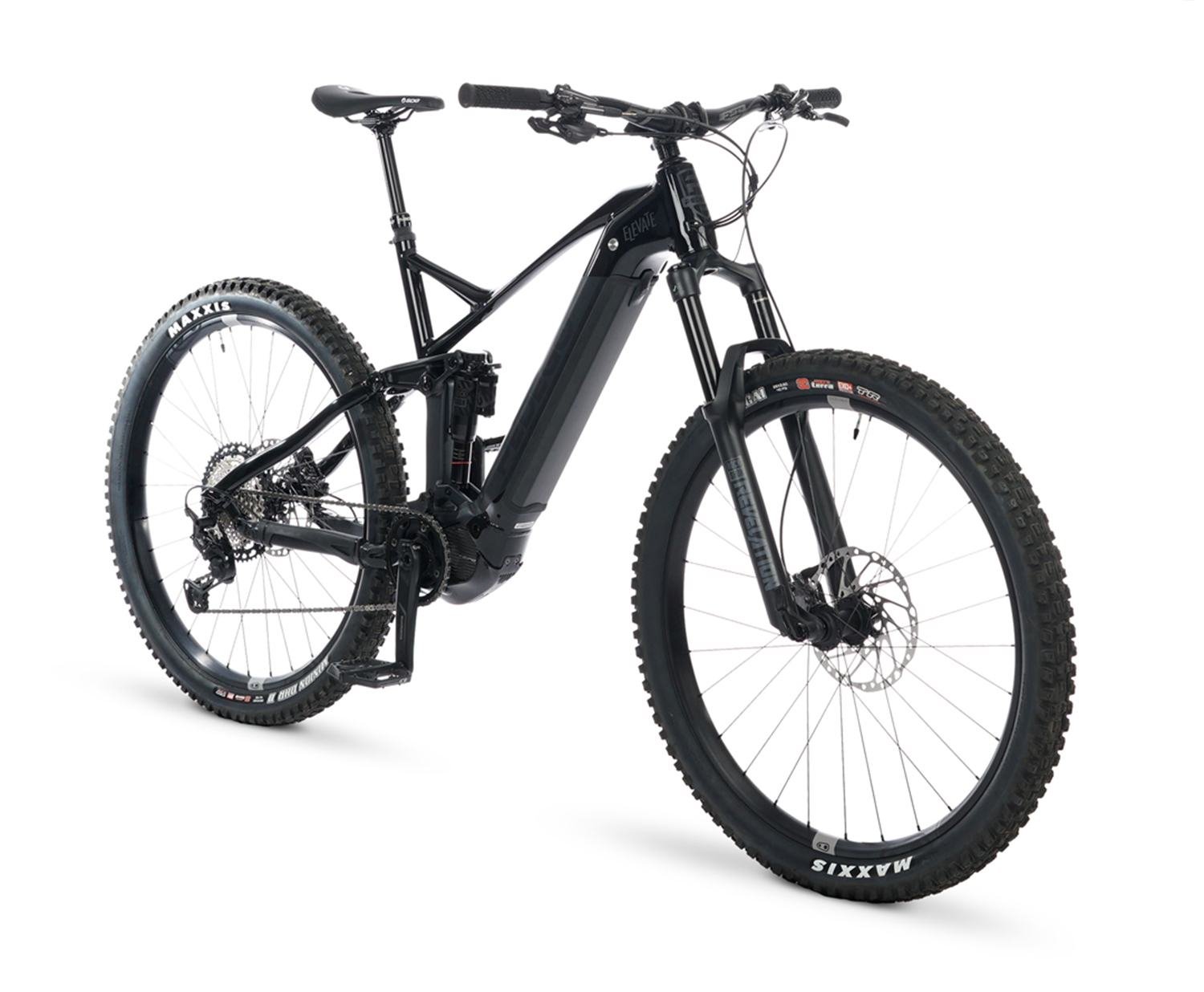
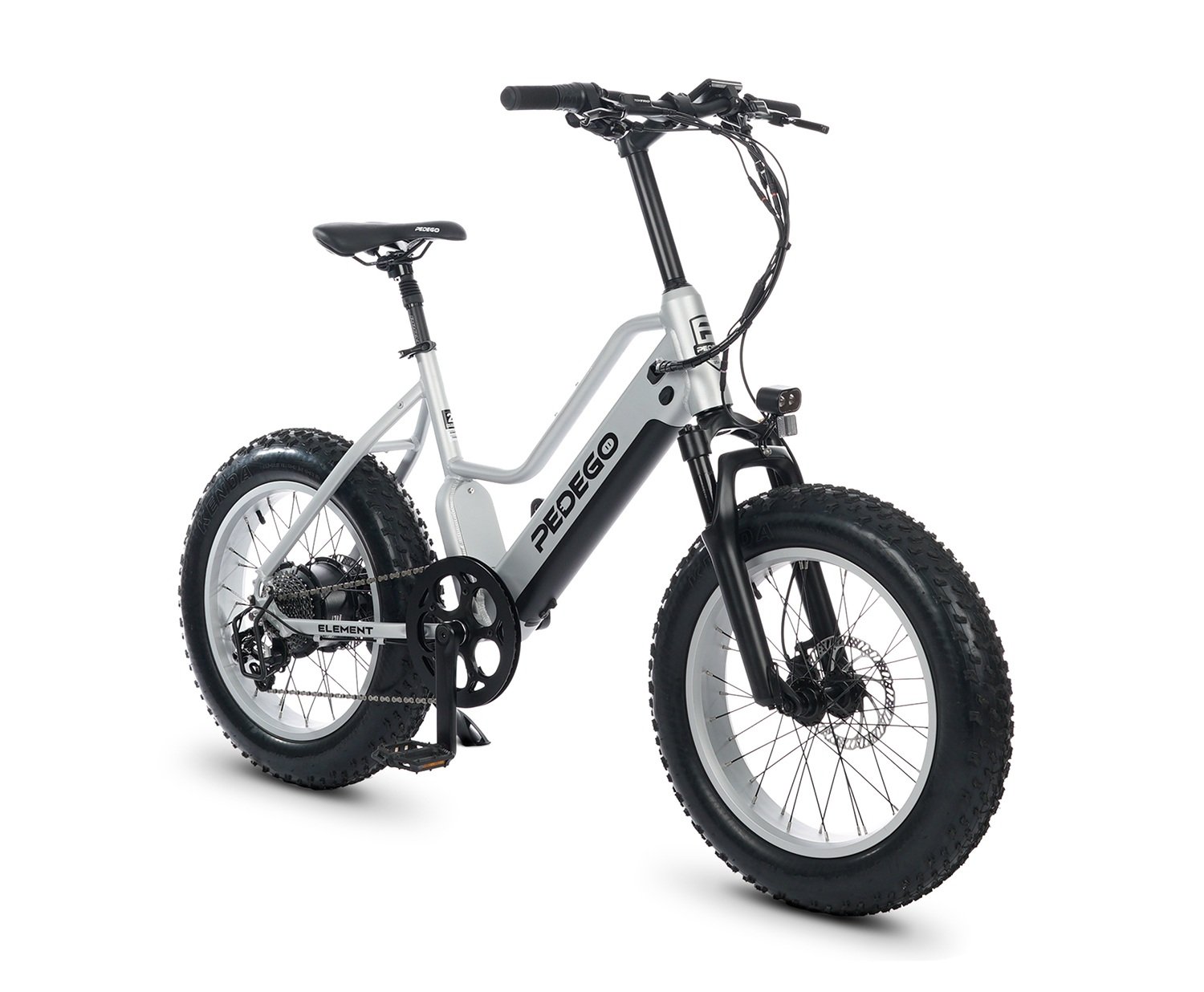

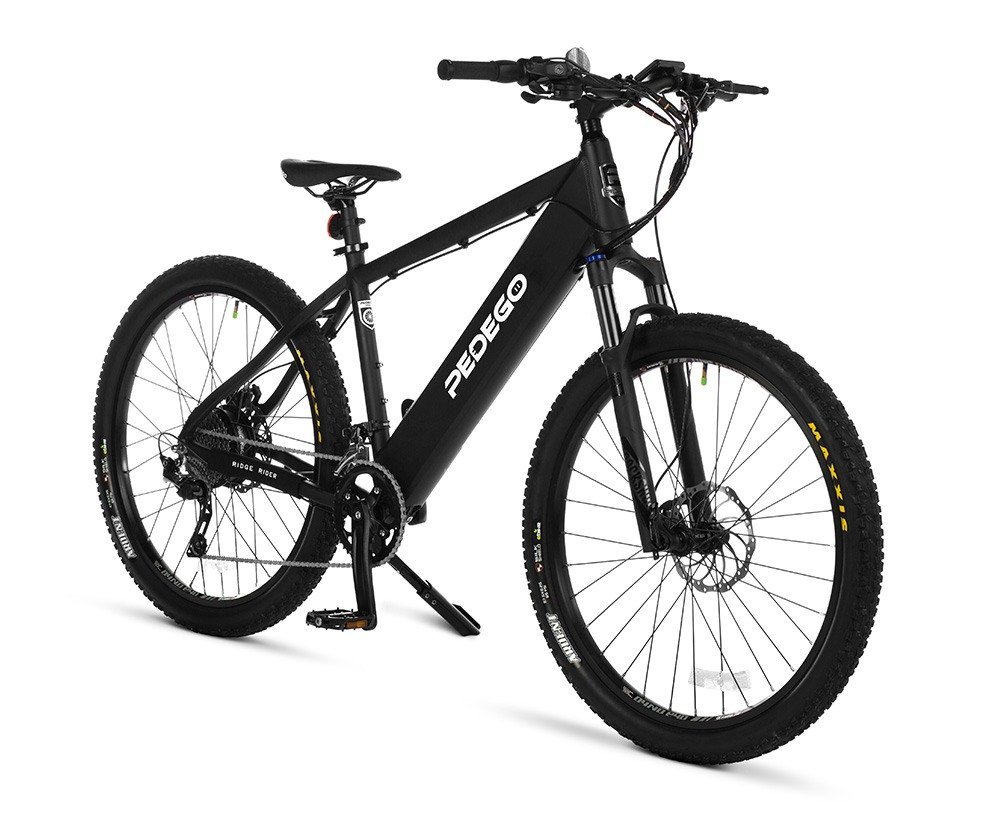
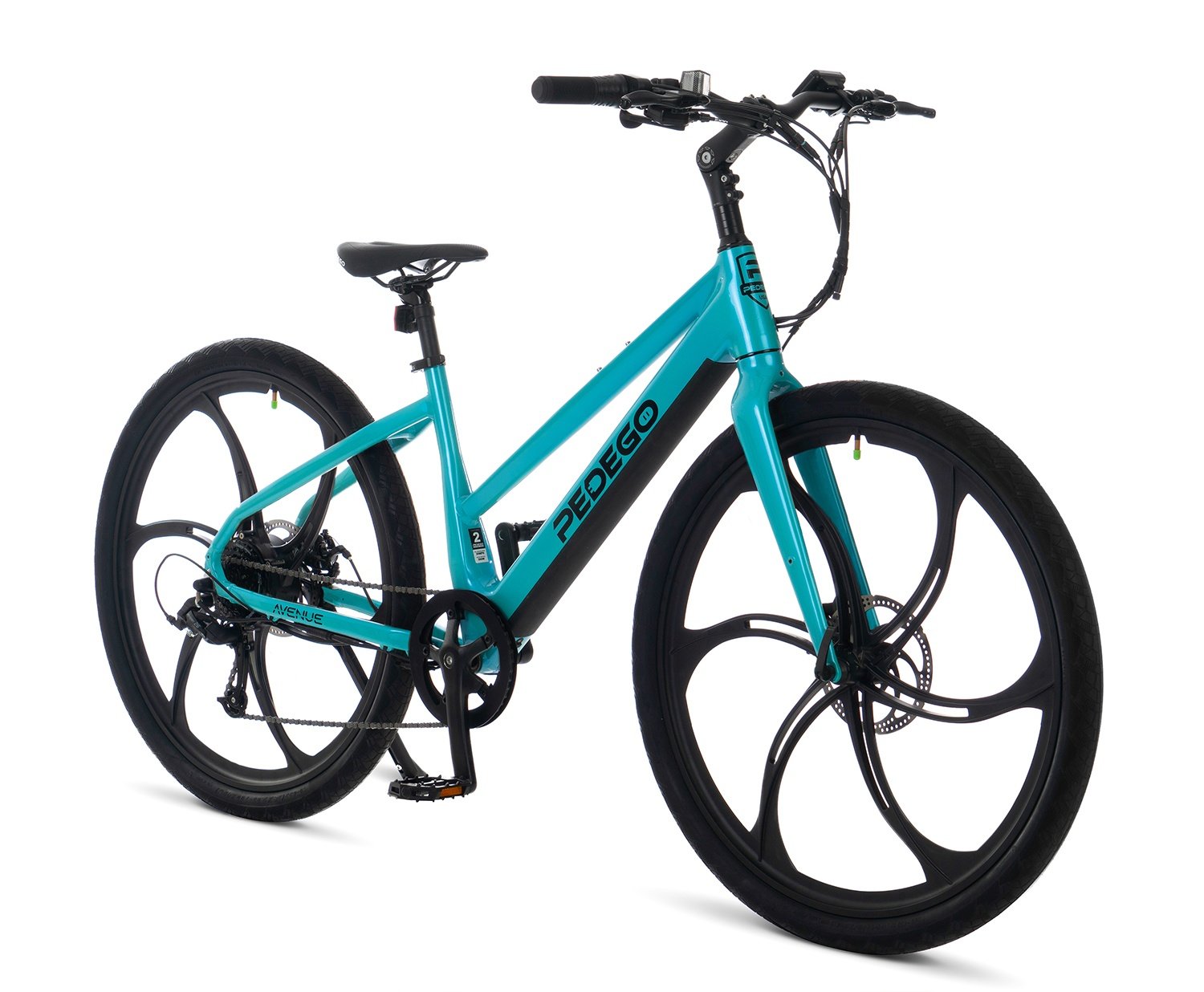
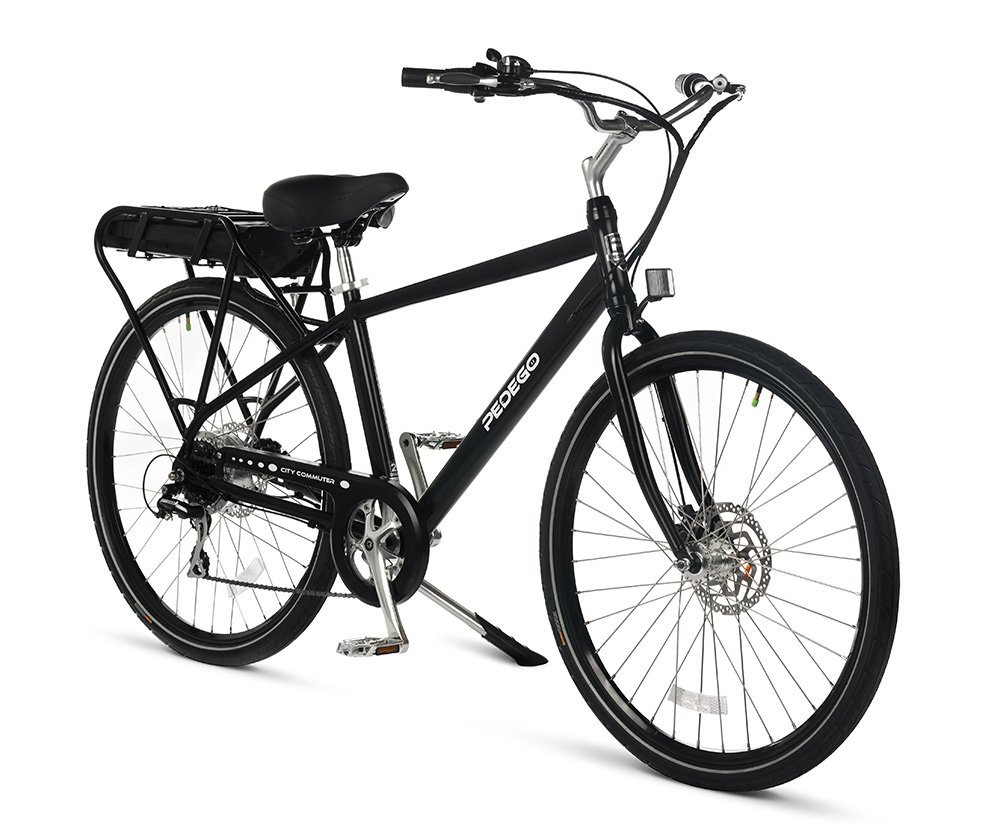
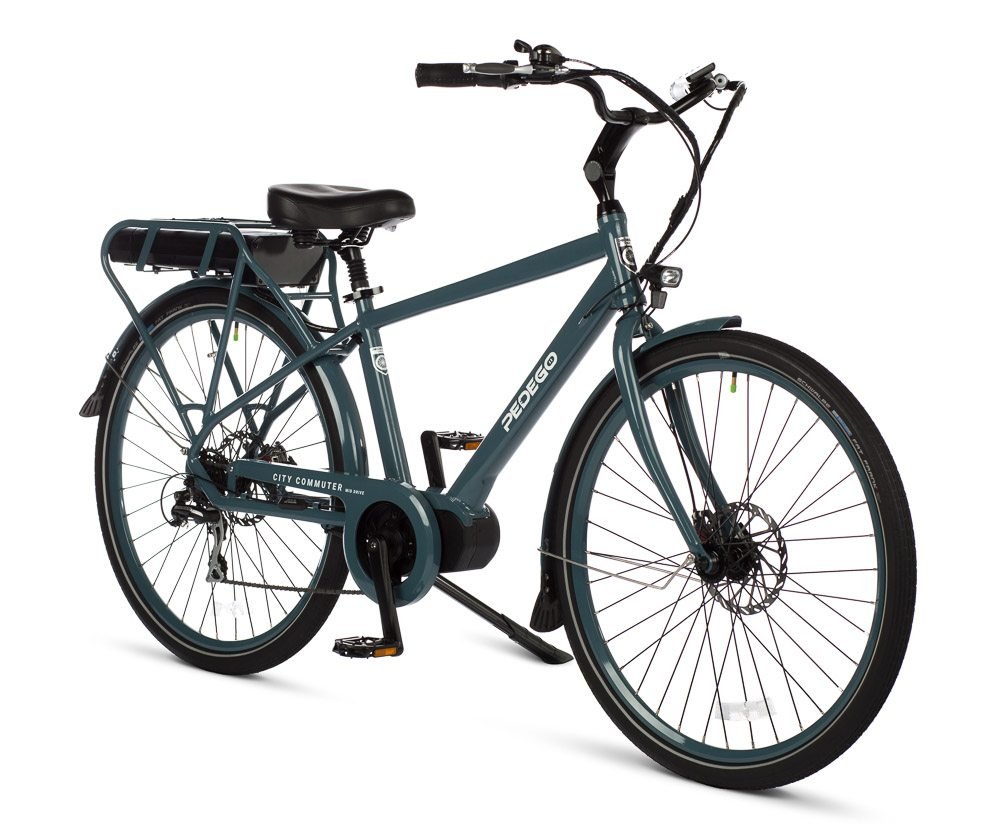
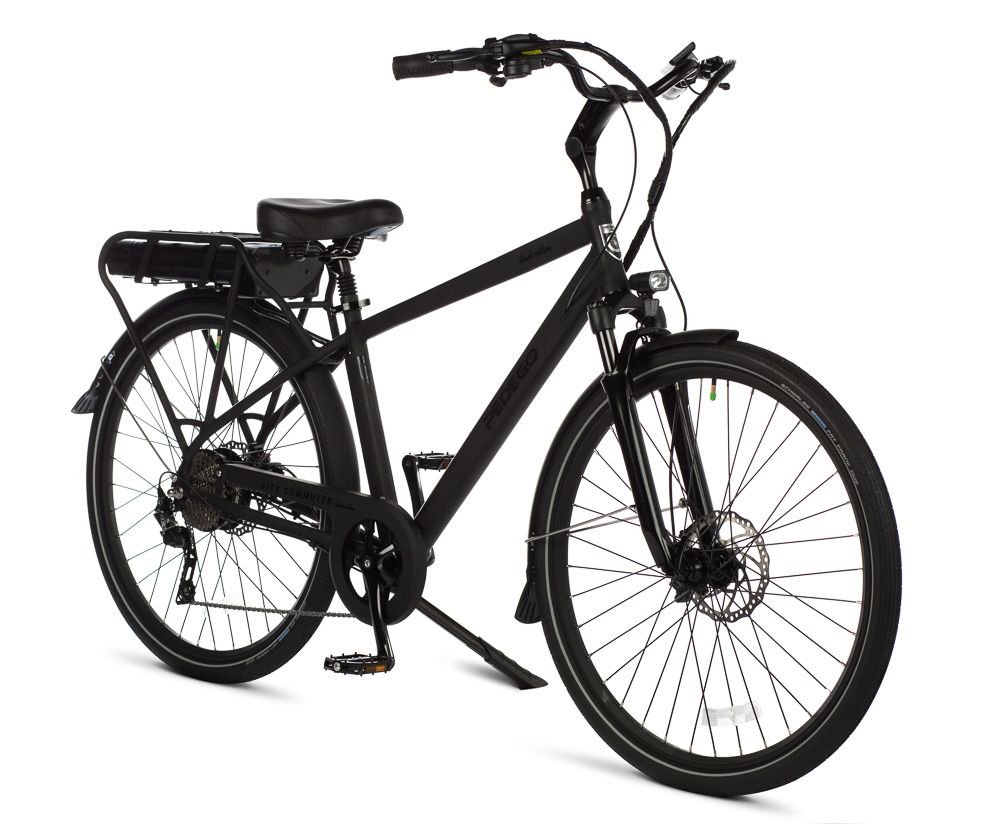
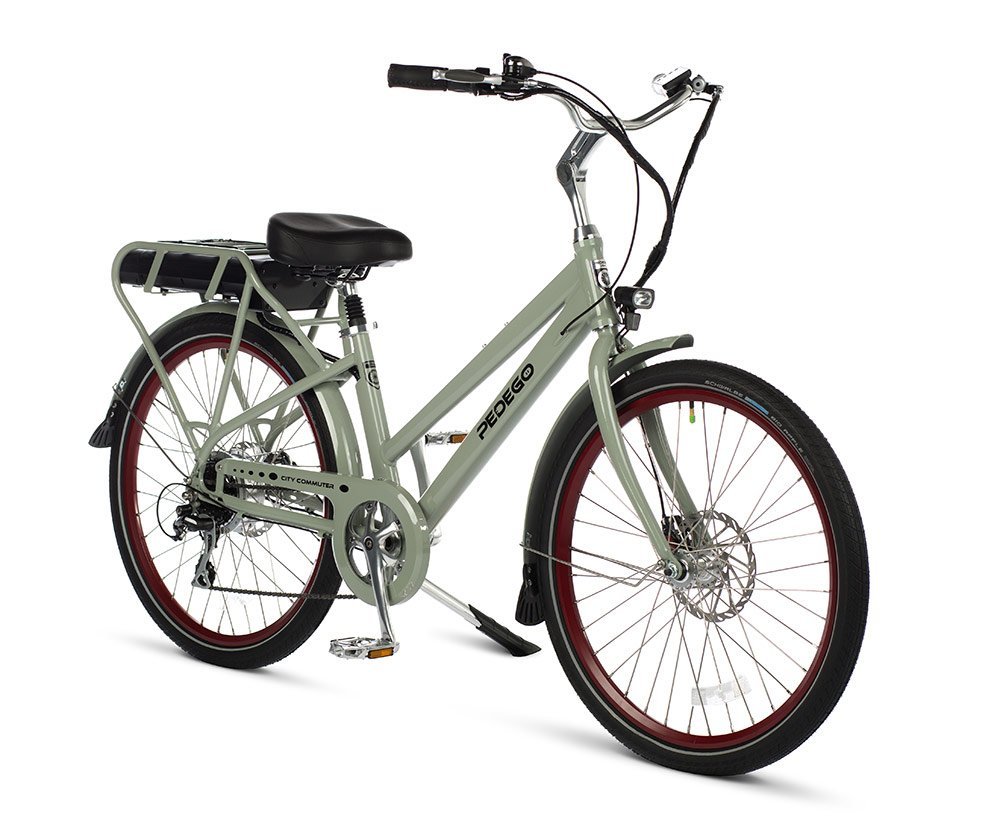
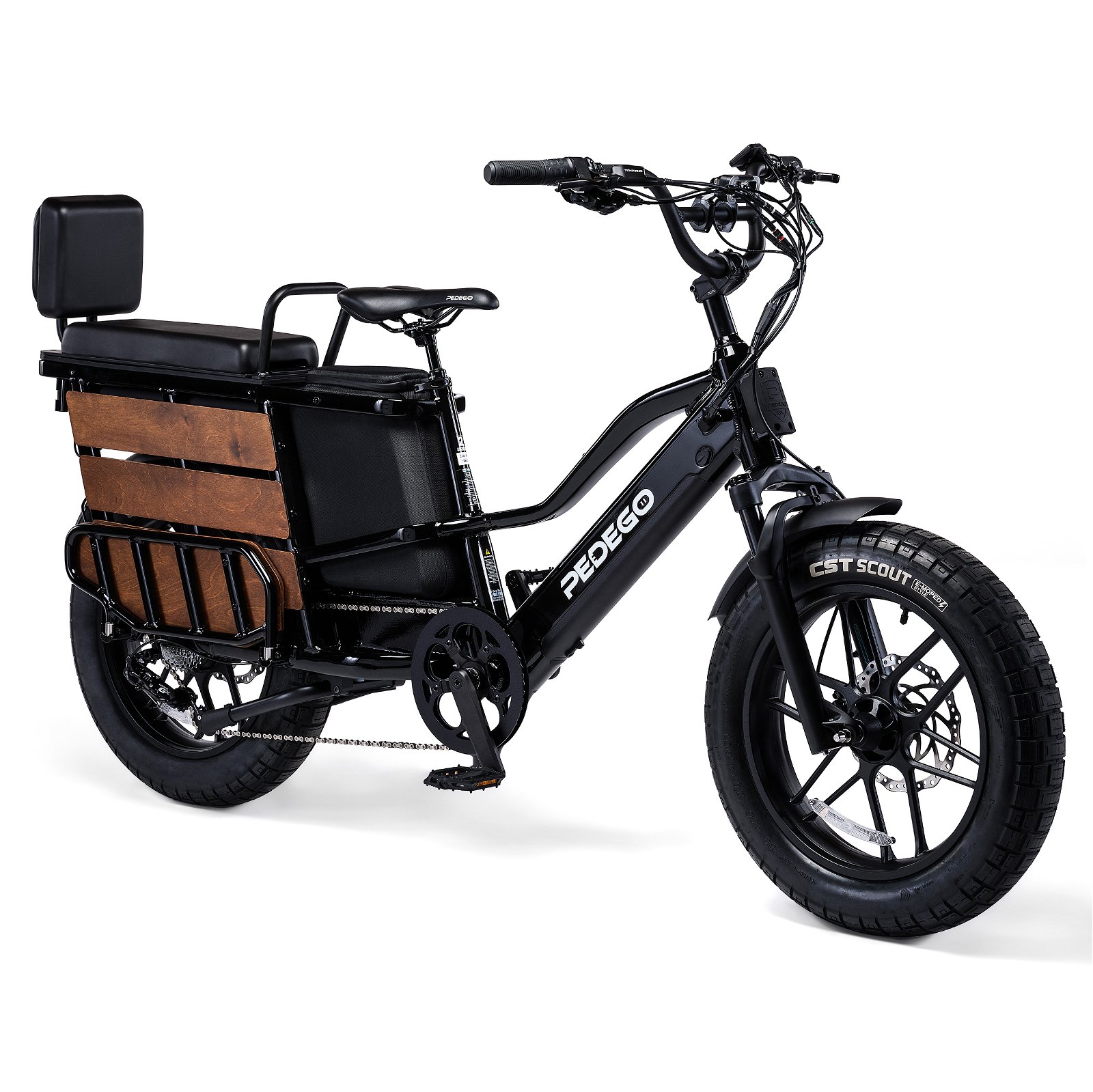
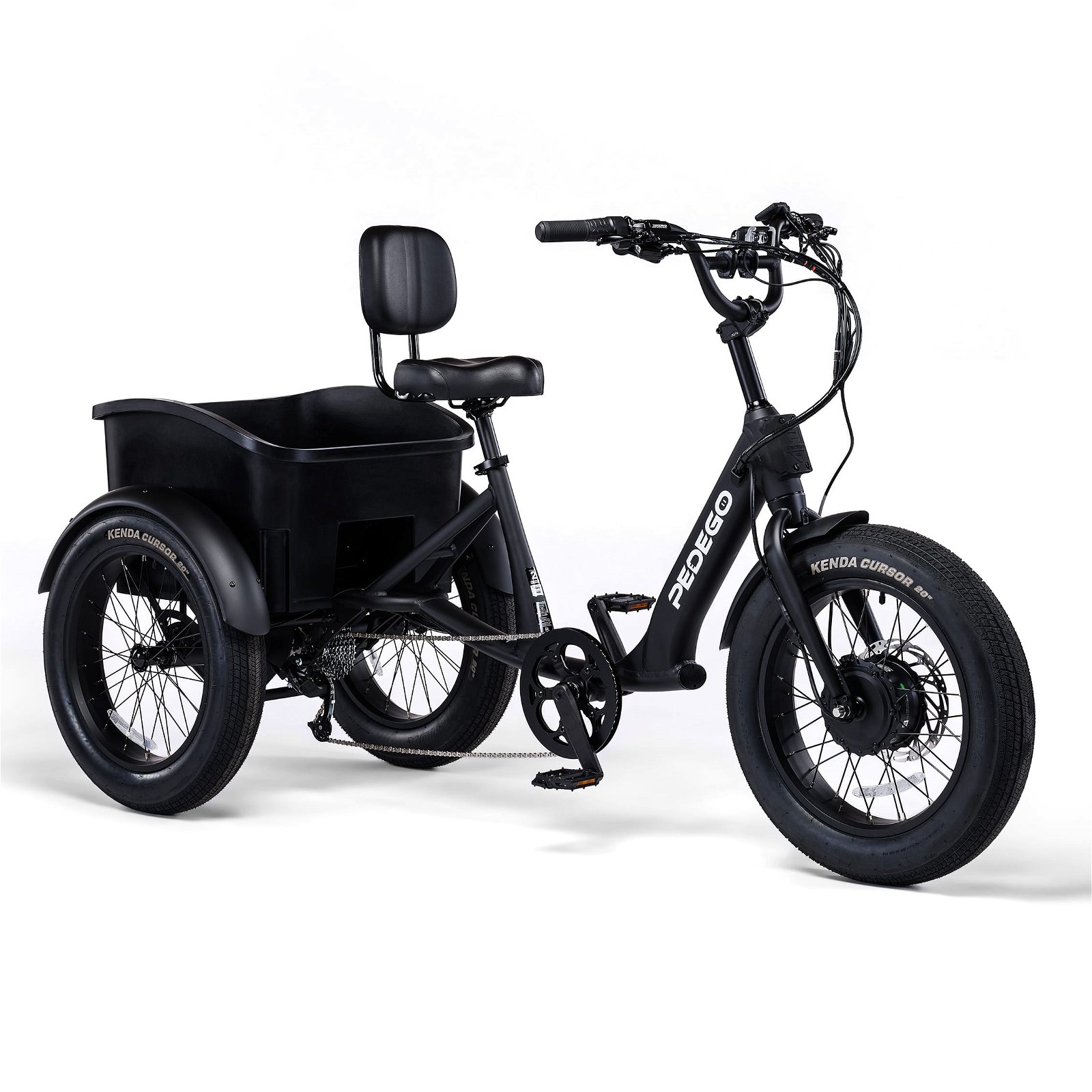
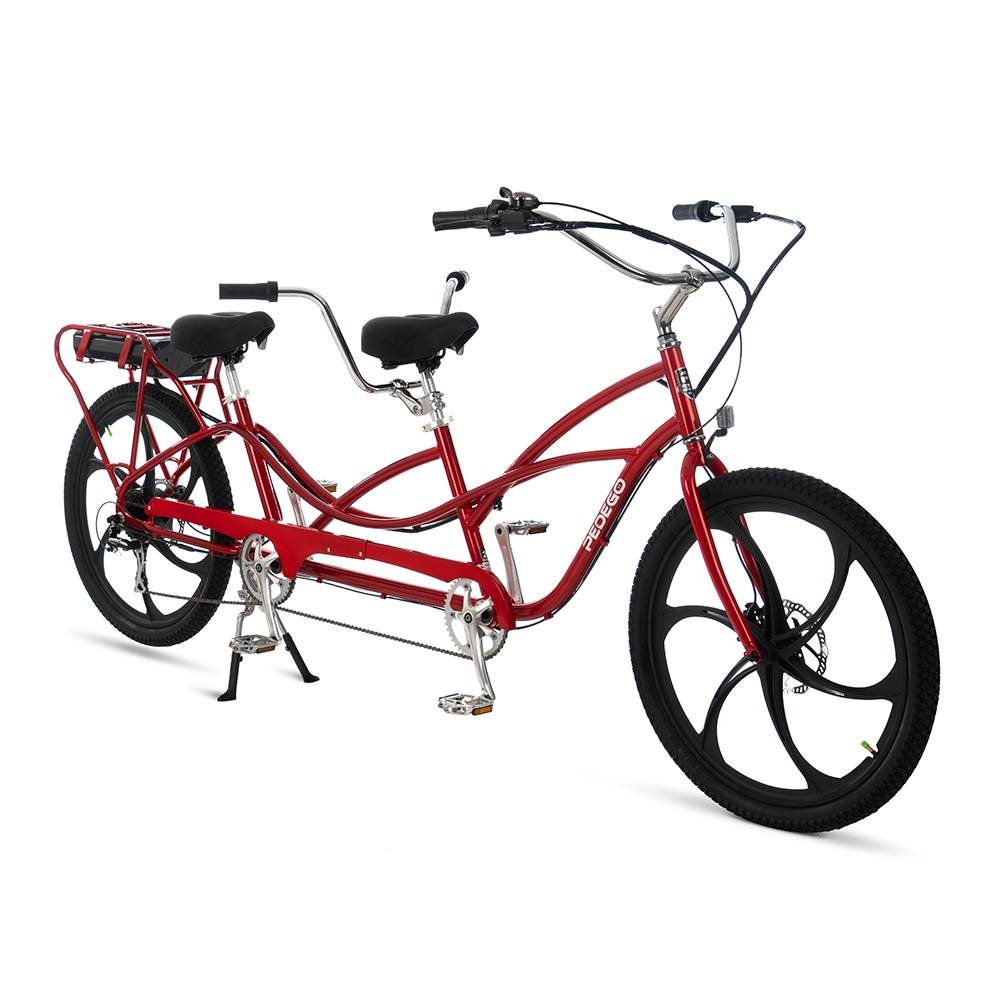
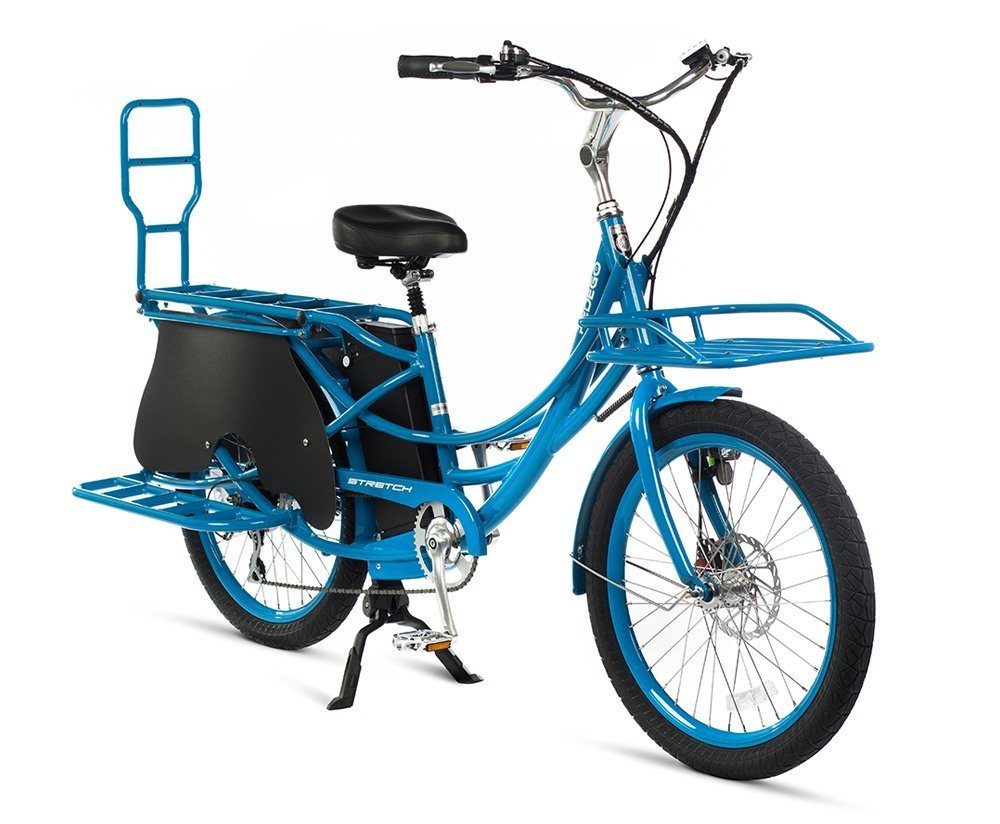
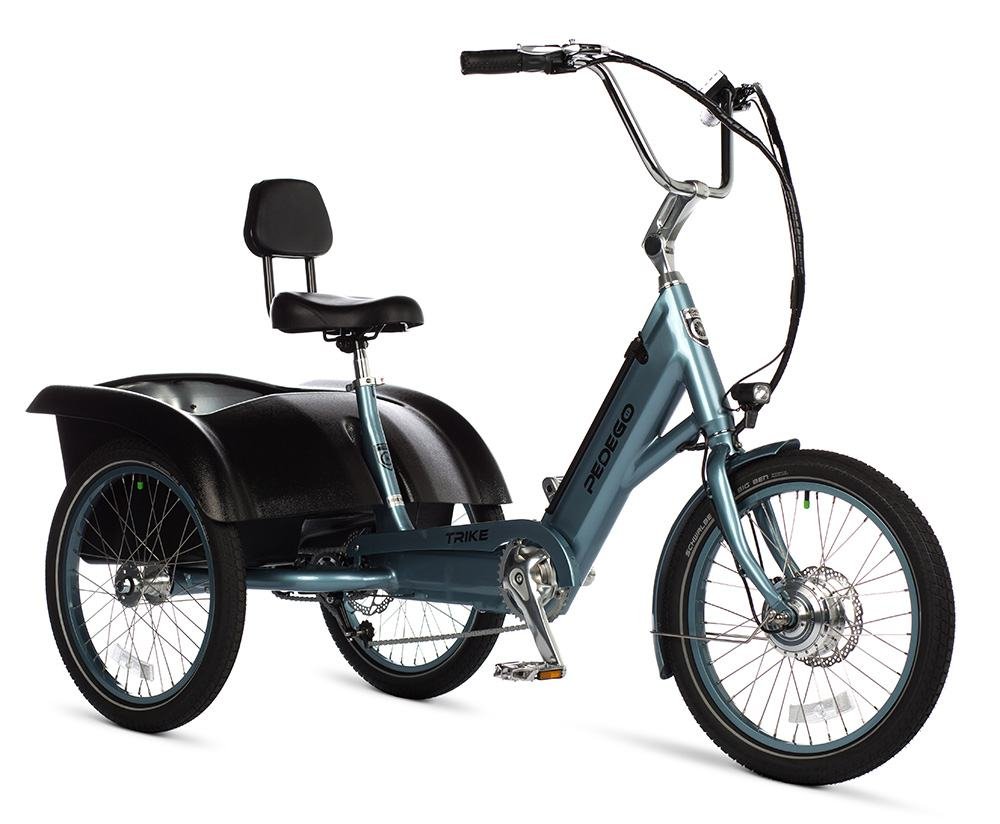
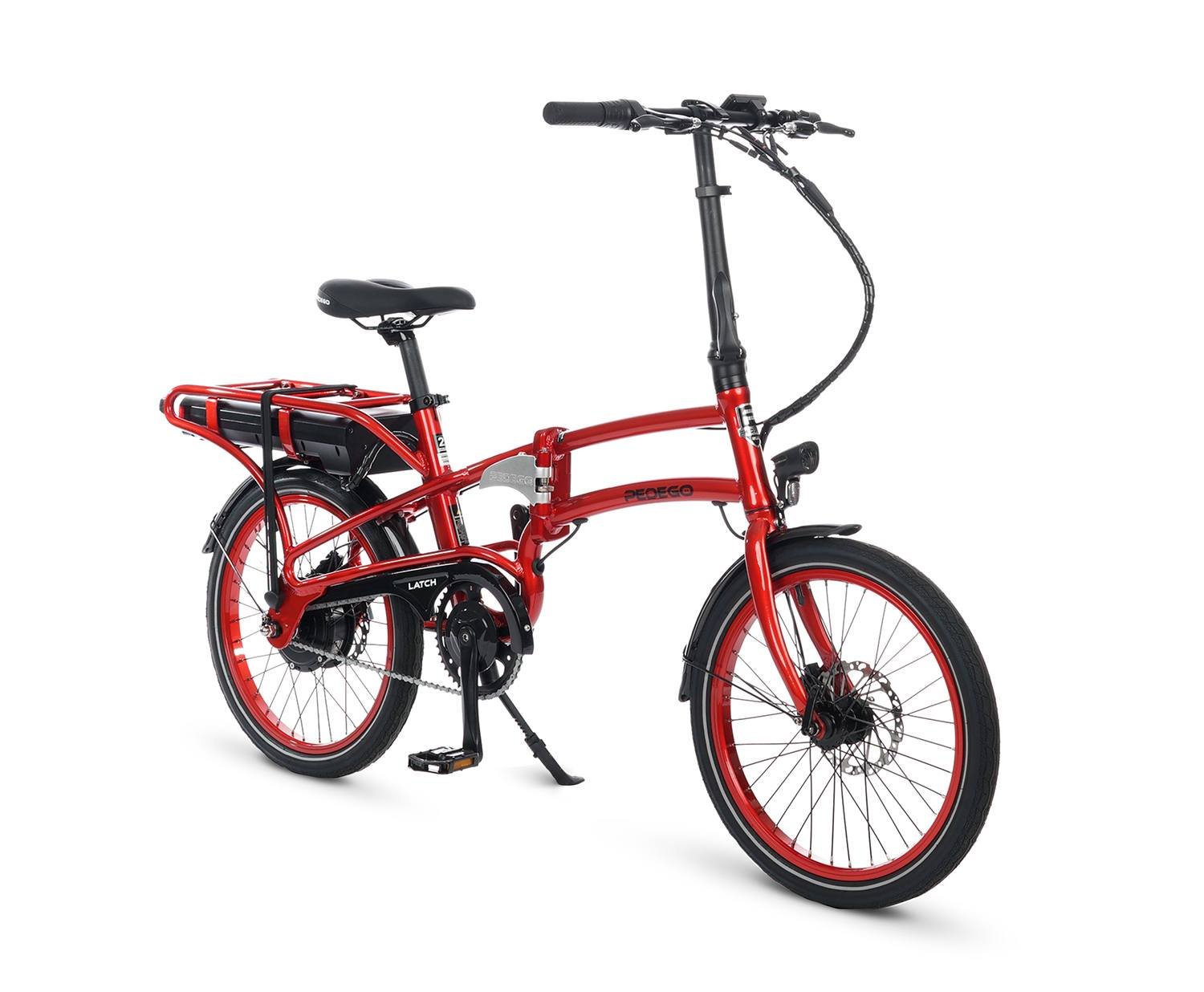
Designed by Pedego
Pedego stands alone as the sole electric bike brand offering an industry-leading 5-year warranty. Surpassing competitors who typically provide only a 1-year coverage, our warranty includes robust anti-theft protection and a lifetime frame warranty.
Join the community of friends
Experience your neighbourhood like never before and feel like family in the Pedego owners group.
March 19, 2012
When conversations start flying about the best green vehicle 2010 has to offer, names like the Toyota Prius and the Chevrolet Volt will no doubt come up. Compressed Natural Gas vehicles may even enter the discourse. But I’m here to put forward a vehicle that has lingered in the shadows for a long time and is now ready for the green limelight. That vehicle is the bicycle.
Oil Independence
During the 1990s, bicycles were largely abandoned as a means of transportation as we filled our SUV gas tanks with low-priced gasoline and our stomachs with greasy burgers and fries. Then came the oil price spike during most of the 2000s, culminating in the summer of 2008 with $4+ per gallon pump prices for gasoline and diesel. We responded to this price shock with some increases in fuel economy standards and a slight shift toward public transit and bicycling. A 10% drop in US oil demand from 2007 levels helped to keep prices below $3 per gallon in 2009.
But here come the 2010s and a new reality in the global oil market. There is a high probability that the year ahead will bring $3+ per gallon gasoline back. Even if US oil demand continues to stagnate due to increased efficiency, a bidding war for oil imports will pick up by emerging economies such as China and India. Lower oil production by Mexico, Norway, the UK, and Russia will translate into a growing dependence on OPEC. Within a couple more years, gasoline stations could read $5 per gallon across the US – sending an even bigger shock wave across our transportation system than we experienced in 2008.
If we increase our bicycling and walking by 12.5% per year in 2010 and throughout the 2010s, we can reduce our oil imports by 20% (2 million barrels per day or more than $50 billion per year). This reduction in imports would help keep the dollar from getting weaker versus other major currencies and get money flowing to strengthen our national economy. An oil-independent cycling commute can help multi-car families downsize to one car — reducing monthly car payments, insurance, and maintenance. Maintenance for your replacement bicycle is a fraction of the cost.
Improving Biking Infrastructure
Of course, to safely make this transition to bicycling, we need to continue improving bicycling infrastructure. Recent years have shown significant growth in local bike lanes and greenways through neighborhoods and parks and major regional networks for cycling such as the emerging 3,000-mile long East Coast Greenway that links cities from Canada to Key West, Florida. It’s time to accelerate progress, especially through low-cost shifts such as painting new bike lanes and adding “sharrows” and signage that make it clearer to drivers that the road is for sharing with bicycles.
Helps Stabilize the Climate & Clean Our Lungs
Biking to work is not only good for the wallet. It’s one of the best steps toward climate and environmental responsibility. Rather than spewing carbon dioxide and other pollutants to complete your everyday commute, biking makes for a clean ride. Increasing the share of commutes by bicycle can help communities achieve the new, stricter EPA smog standards.
Space Efficiency Matters
Living in Manhattan, I experience space constraints every day. What a difference it would make for our streets if we move a significant number of people from cars to bikes. Even the smaller Smart car isn’t nearly as space efficient as the bicycle. We can reduce the amount of parking necessary, saving those resources for more productive uses and parks to improve the livability of communities nationwide.
Gets Our Health Groove Back
Many of the health problems Americans run into are related to our sedentary lifestyle. A hybrid or electric car doesn’t change the fact that you are just sitting there in traffic rather than working the muscles we were born to use. Regular bicycling helps to fight diabetes, heart disease, and other health risks. And if you think a regular bicycle is too rigorous, a growing mix of electric bicycles are emerging that can assist you on the steeper hills.
Invest in Safe Bicycling in 2010
There is no vehicle more green and efficient than a bicycle. Biking is even more efficient than walking (it takes less than half the energy). As oil prices continue to rise, the best hedge we can all make is to invest in a bicycle, important accessories such as a helmet and lights, and the time and energy to ensure our transportation planners are improving bike/ped infrastructure locally and throughout the country.
CATEGORIES
FILTER ARTICLES